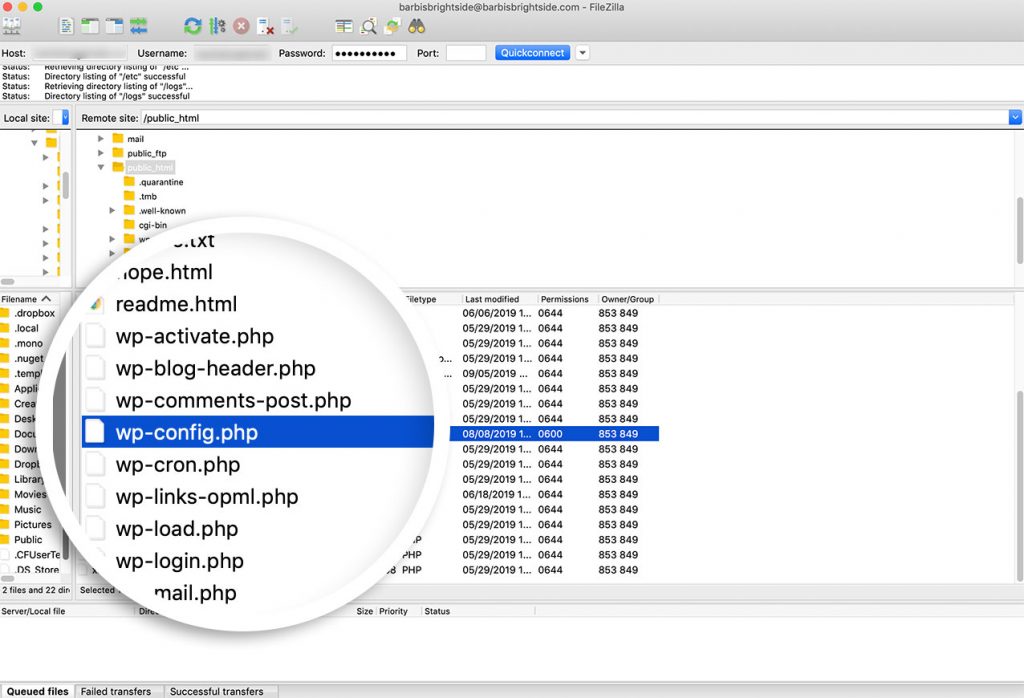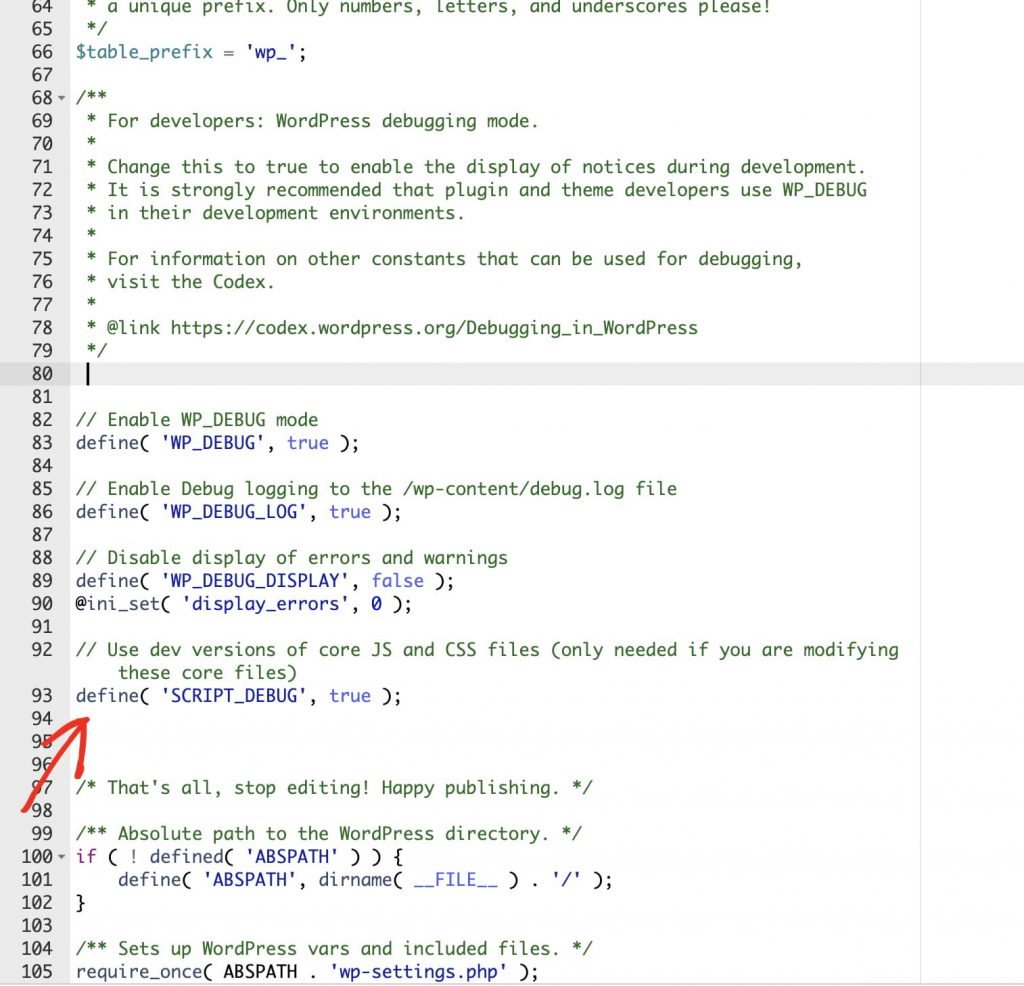Introduction
Do you need to enable debugging in WordPress ? This can be applied when trying to debug anything on your site from any plugin or your WordPress theme.
Enabling the WordPress Debug log will log any errors detected on your site. This can be key to finding the source of an issue or just learning more details about any possible errors on your site.

Enable debugging in WordPress
To enable debugging on your site, please follow the steps below.
1) Locate the wp-config.php file
By default, WordPress debug will be disabled. To enable it, you’ll need to access your site files through either FTP or cPanel.
Alternatively, you can also just install a simple plugin to easily gain access to your WordPress files.
2) Edit the wp-config.php file
Once your site files are open, you’ll need to open wp-config.php for editing. This will be located in the root folder of your site.
The wp-config file contains site-specific configuration settings, such as database information and, potentially, settings added by your hosting provider. For debugging, you’ll need to find this line of code (will generally be near the bottom of the file):
('WP_DEBUG',false);
3) Add your debug code
Once you’ve located this, you’ll need to replace it with the following three lines of code:
// Enable WP_DEBUG mode define( 'WP_DEBUG', true ); // Enable Debug logging to the /wp-content/debug.log file define( 'WP_DEBUG_LOG', true ); // Disable display of errors and warnings define( 'WP_DEBUG_DISPLAY', false ); @ini_set( 'display_errors', 0 ); // Use dev versions of core JS and CSS files define( 'SCRIPT_DEBUG', true );
This code will need to be inserted before the comment /* That’s all, stop editing! Happy blogging. */ in the wp-config,php file.
This will enable debugging and, importantly, prevent any logged data from displaying on your site. Instead, a debug log will be saved to your site files.
4) Replicate the issue
After saving these changes to wp-config.php, you’ll need to return to your site and replicate the issue you saw earlier. This will ensure that it gets recorded in the new error log.
5) Viewing the debug log
Then, you can return to your site files and open /wp-content/debug.log.
The contents of an error log can vary a lot depending on the cause and number of issues, but now you should be able to see extra details, such as a file path to the source of a code error, to help you better track down the issue.
Refer: Debugging in WordPress

